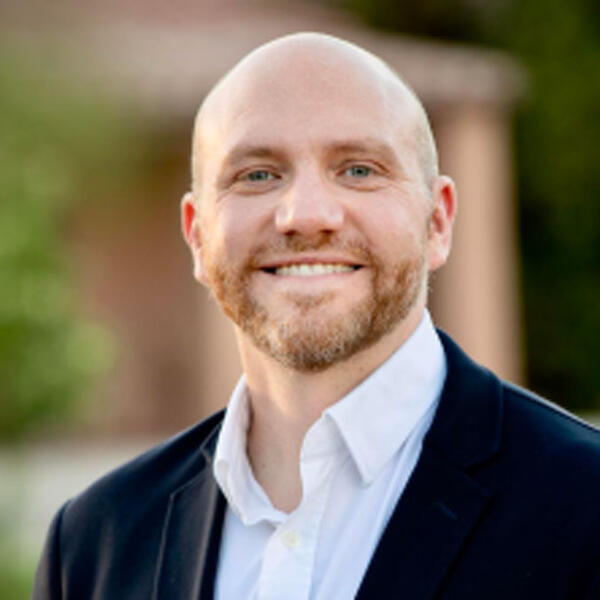
The human future as a design space – what does that mean to you?
“Let's think the unthinkable, let's do the undoable. Let us prepare to grapple with the ineffable itself, and see if we may not eff it after all.” – Douglas Adams (1987)
Smartphones already act as extensions of our mind. They remember directions and phone numbers and in the middle of an argument provide us with the just-in-time critical information we need – instant gratification.
What happens as our pocket gadgets (like our indispensable smartphones) continue to be obsoleted by wearable and even implantable technologies? These new technologies increasingly do things phones can’t. Like coordinate with our bodies and our surrounding environments – both physical and digital. These already-in-the-pipeline devices feed you the information you need in a personalized, predictive, and contextually aware method. Thank you, artificial intelligence (AI). Thank you digital assistants with which we communicate by in-ear or bone-conduction audio. Thank you visualizations – not on screens – but through smart glasses and even projections directly into your retina. This is where augmented reality (AR) – starts overlaying information right on top of your natural vision. What is the name of this guy I’m talking to? Thank you, Alexa!
Yet we still inhabit blood-and-bone bodies. How do we design physical spaces for this world? (And by extension, the virtual spaces?) How best do we experience person-to-space interactions? How does the design of spaces change, allowing information to be personalized, contextualized, and delivered in an accurate and meaningful way?
The educational potential is limitless. Suppose the traditional classroom paradigm has been transformed. Not only is all instruction individualized. It is able to support you along any point of your spectrum of learning from early childhood to professional development to lifelong learning. Leveraging their AI-powered personal “tutor” capabilities, your devices would provide just-in-time learning, tailored to your needs, goals, and preferred learning styles. They could also eliminate the old “stop and test” method of demonstrating knowledge. This new affordance would allow you to upskill your knowledge as you progress through your career, change jobs, or seek advanced degrees or even new hobbies in a way that works best for you. You could learn a new job skill while commuting, or learn new languages as you enjoy a coffee at your local café.
These physical learning spaces we need to design might be conceptually similar to a model of distributed computing. This design would focus on moving the “center” of teaching and learning out to the “edge” (in this case the individual). Many learners could be located in the same physical collaboration space, while all undergoing separate and personalized educational experiences at the exact time and point needed. This design would push the concept of these physical spaces to be seen as embedded in the community with multiple uses and for a broader population, not as standalone buildings with a single purpose.
All of these designs are not without their concerns. Data privacy leaps to mind. As we continue to move into a world in which we are seamlessly immersed in the datafication of nearly every aspect of our lives, great care needs to be taken to ensure our personal information is treated with respect and the companies and organizations that use and transmit our data are held accountable as responsible stewards of our data.
We should expend no less imagination on making sure we keep learners safe as we do in creating areas that beckon with opportunity. Small collaborative exchange places. Larger amphitheaters for group interactions and performances. Creative spaces, areas for reflection, sport, exploration. Imagine a space that welcomes you as you enter, and provides you with tailored options based on your current needs, and then the physical space around you automatically reconfigures to give you what you need, screens appear on walls, seating options match your preference, the lighting adjusts to maximize your productivity and personal comfort and wellness.
In the end, the vistas opening up are those of designing spaces that support all us learners in authentic, adaptive – and safe – ways.
About Sean Leahy
Sean is a technologist, futurist, and educator serving as the Director of Technology Initiatives within the Office of Scholarship and Innovation in the Mary Lou Fulton Teachers College at Arizona State University. His scholarly focus is on the future of educational technology, emerging technologies, and media production. Dr. Leahy’s Futures Studies approach to educational technology aims to assist decision makers and educators develop scenario planning and strategic goals for the near future and beyond, as well as preparing a new workforce to handle emergent technologies in teaching and learning including artificial intelligence (AI), mixed reality (XR), and Internet of things (IoT).